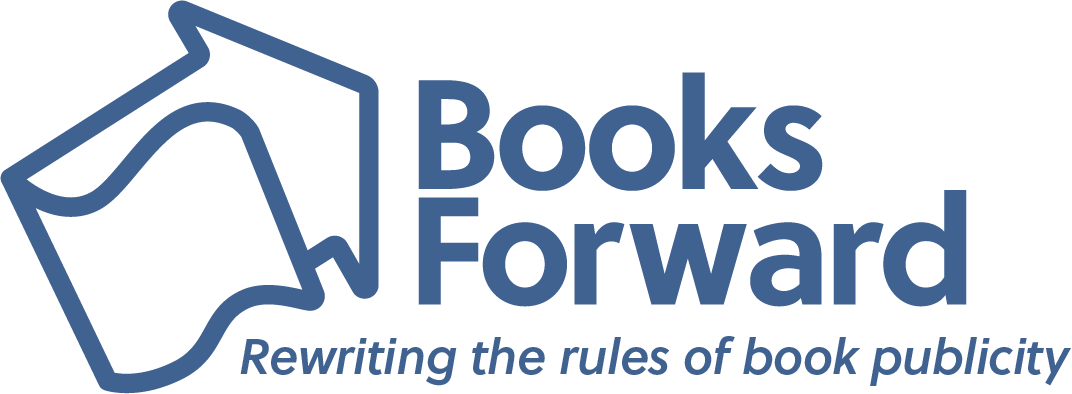Here we are, the annual Book Expo America has come and publishers, authors, booksellers and publishing industry professionals are abuzz with the glow of all things new-book for the week at Javitz Center in New York.
As a book publicity firm, we have many of our authors attending for the amazing networking benefits and/or to speak in panels, sign books for fans, and partake in the convention hype. For industry veterans, BEA is a productive and sometimes stressful week full of meetings with little time to connect with all the work friends cultivated over the years.
For first-time published authors, BEA can be a very intimidating experience. Several of my clients have asked me what to expect and how to take advantage of their first BEA—a memorable experience to be sure. Here are my tips for having the Best BEA as an author or industry member.
-
- Smile! BEA is the largest book event of the year, so there will be thousands of industry professionals (agents, publishers, editors, etc.) and authors roaming around the floors. You never know who you may bump into, literally, so be sure to keep a smile on your face and be kind to all you meet. That guy you spilled your Starbucks on after waiting for 35 minutes might end up being the agent of a good friend who is looking for new authors, and this “bad luck” might turn into your introduction to a powerful ally for your career.
- Network! It’s a bit like the Wild West, and unless you’re a featured author on a major panel event, it’s tough to get personal attention. So it’s really about the networking—you never know who you may meet and where the connection could lead. Be friendly to anyone on the floor, in the food area, or at panel events. Chat with people before and after events. Create personal connections, and don’t talk shop too much here…that’s for later! 😉
- Take photos with people, ideally showing book covers when possible. Tag them on social media so you follow each other there and can help cross promote things later!
- Figure out the badges. Different types of attendees wear different colored badges for media, industry, bloggers, authors, etc. Figuring out which color is which can help you network more easily.
- Don’t be self-important. I’ve seen authors go to BEA and just chat endlessly about their work, their goals, and how amazing their career is. This is the wrong approach to take. If everything is so great, sounds like that person doesn’t really need help…right? Authors that talk about their own careers a lot seem to be self-validating and trying to prove they belong at BEA. Instead, try to really ask questions and present yourself authentically as an equal in all your conversations, no matter where you may be in your publishing journey. No one likes a know-it-all, but everyone loves a new friend.
- Take Notes. While you are doing your fabulous networking, you will think you can remember each person and his or her fascinating story. Not so much. Take notes after you walk away from conversations—name, description of appearance, what you talked about, and any notes on what you want to remember about them to follow up on later. This will make it easier to reach out later via email or social media. Once you’ve made “first contact” in person, you can follow up later with any business-y asks if that makes sense for this new relationship.
- Wear comfy shoes—you will walk for miles and miles on that enormous conference floor! Not even your end of the day martini can save tired toes if they’ve been in too-high heels or arch-less flats all day long.
- Don’t take every free book. After my first BEA I came home laden with about 40 books… more than I could ever need. Don’t fight people for them, don’t take them before they’re officially out on the free tables, and certainly don’t take more than you can comfortably carry around all day long. It is hard to pass up free, awesome books, but you’ll thank me later for being more discerning! Going along with this…don’t wear a backpack or bring a cart to carry them in—attendees that do so look like novices there for free swag rather than serious attendees.
Whether you’re attending BEA this year for the first time or the fifteenth time, have a wonderful week!

Ellen Whitfield is senior publicist at Books Forward, an author publicity and book marketing firm committed to promoting voices from a diverse variety of communities. From book reviews and author events, to social media and digital marketing, we help authors find success and connect with readers.
Interested in what’s possible for your book sales and building readership? Check out our services, tell us your goals, and get a customized publicity campaign tailored just for you.

